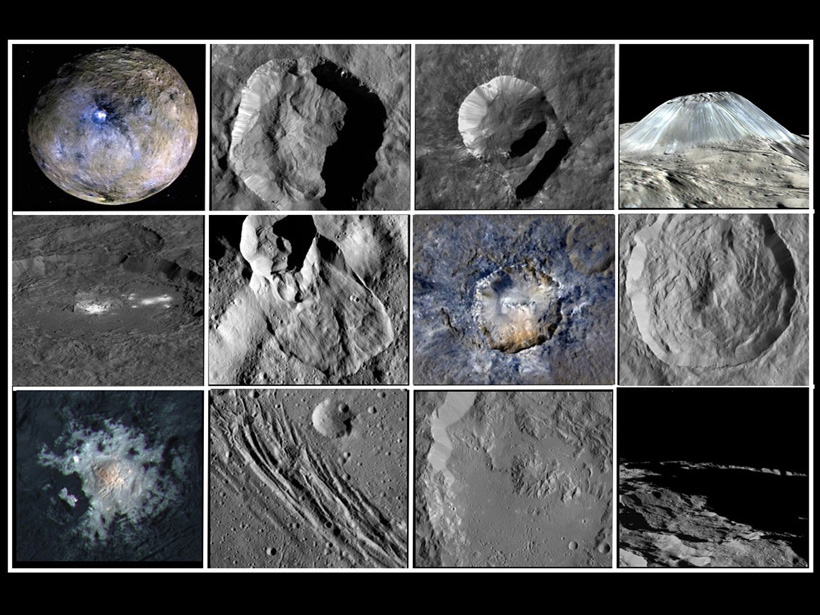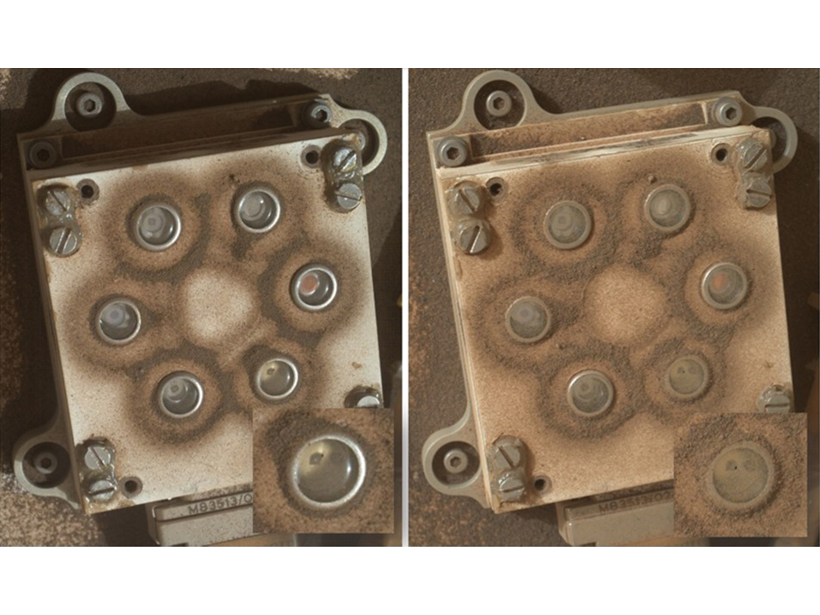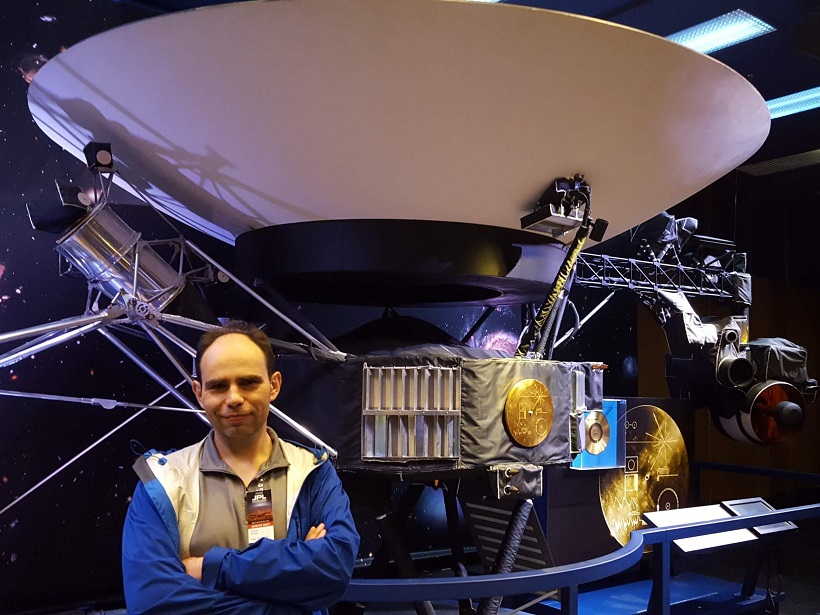A new special collection in JGR: Planets explores how ice has played a key role in the development of the landscape on the surface of Ceres.
Journal of Geophysical Research: Planets
Curiosity Monitors Rare Global Dust Storm From Mars’s Surface
Since the 1970s, no surface platform had made meteorological measurements of a global dust storm on Mars, but last summer NASA’s Curiosity rover witnessed one of these rare events.
Lomonosov: The Crater That Started a Martian Mega Tsunami
Three billion years ago, on Mars, the shores of an ocean may have been flooded by a mega-tsunami. Now the crater left by the bolide impact that probably triggered the tsunami has been identified.
Introducing the New Editor-in-Chief of JGR: Planets
Find out about the person taking the helm of JGR: Planets and his plans for taking the journal forward in the coming years.
JGR: Planets and a Community of Planetary Science
The outgoing Editor-in-Chief of JGR: Planets reflects on the journal’s role serving the planetary science community and expresses appreciation for all those who contribute to its success.
Detecting Carbonates on the Surface of Mars
A new study shows how a warm, wet climate weathered rocks on early Mars.
How the Moon Got Its Concentric Rings
A new study explores the origins of massive, multiringed lunar craters.
How Mars Lost Steam
Solar winds are not the main culprit in stripping the planet’s atmosphere, a new study suggests.
A New Way to Analyze Evidence of Martian Oceans
Mars’s aqueous past holds the answers to many questions about the Red Planet. A new study provides a tool for scouring planetary surfaces for ancient shorelines.
Rover and Lasers Unlock Clues to Early Martian Atmosphere
Sediments from the Curiosity rover and experiments using tanks of gas and laser beams helped reveal how water continued to flow on Mars after the planet lost its atmospheric carbon dioxide.










